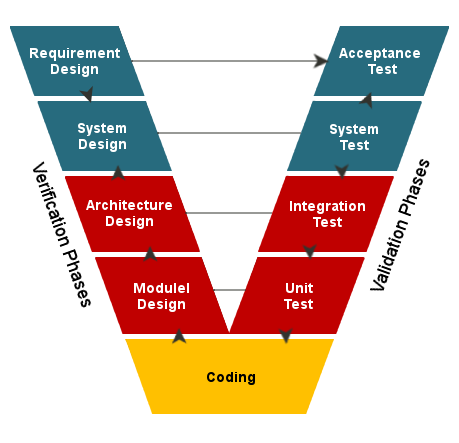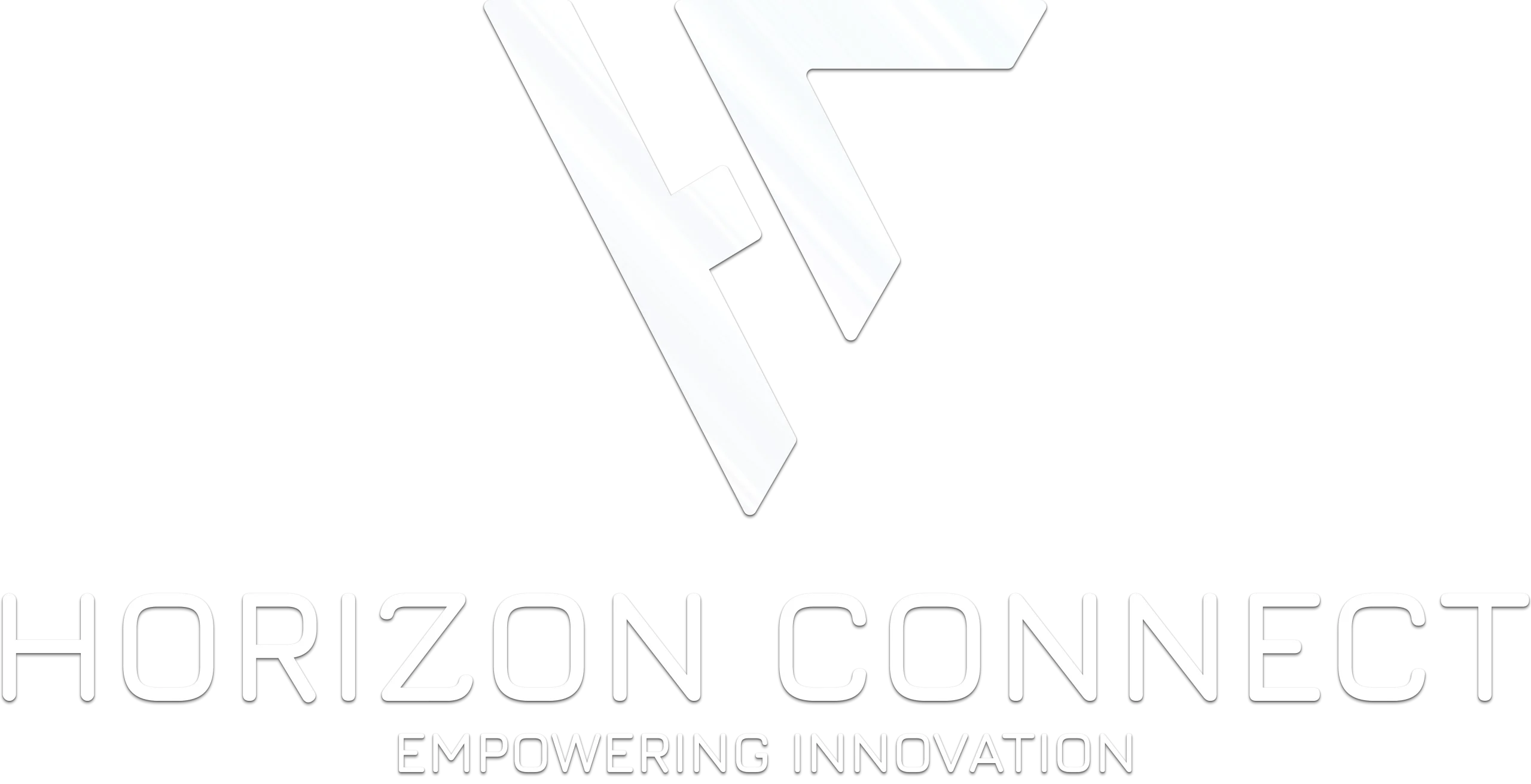When we consider the future of mobility, terms such as autonomous driving, 5G connectivity, and software-defined vehicles dominate the conversation. These technologies promise efficiency, safety, and convenience. Yet, behind these high-profile innovations lies a less glamorous but essential foundation: Validation and Verification.
Without proper validation and verification, innovations cannot be trusted, scaled, or even legally approved for real-world use. They are the hidden engines that ensure every line of code, every communication protocol, and every safety-critical function performs exactly as intended.
This article explores why validation and verification are so crucial to modern mobility, how complexity is increasing, the role of regulation, and how Horizon Connect supports automotive stakeholders in staying ahead.
Validation and Verification: The Backbone of Automotive Innovation
At their core, validation and verification are about answering two critical questions:
- Verification: Did we build the system right? (Ensuring the system matches design specifications.)
- Validation: Did we build the right system? (Ensuring the system meets user and regulatory needs.)
Together, they create a safety net that prevents faulty software, insecure networks, or poorly integrated components from reaching the road.

The Rising Complexity of Connected Vehicles
The automotive industry is undergoing one of its most radical transformations in history. Vehicles are no longer just mechanical machines; they are computers on wheels, with connectivity at their core.
- 100+ million lines of code are embedded in modern vehicles (compared to 10M in the early 2000s).
- Dozens of ECUs (Electronic Control Units) must interact seamlessly.
- OTA (Over-the-Air) updates continuously change vehicle software post-purchase.
This exponential complexity means that validation and verification are not a one-time process. They must become continuous and adaptive, spanning the full lifecycle of a vehicle.
The Cost of Getting It Wrong
Failure to implement rigorous validation and verification can have devastating consequences:
- Recalls: Software-related recalls now account for over 50% of all automotive recalls in major markets.
- Safety risks: Faulty ADAS functions can create accidents rather than prevent them.
- Reputation damage: One cybersecurity flaw can erode consumer trust for years.
- Financial losses: Each large-scale recall costs automotive OEMs billions in direct and indirect costs.
Case in point: In recent years, several automakers have had to recall millions of vehicles due to software bugs in braking, steering, or infotainment systems. These recalls were not caused by innovation itself, but by insufficient testing.
Regulatory Pressure Is Mounting
Governments and industry bodies recognize the stakes. Regulations are becoming stricter, forcing automakers and suppliers to embed validation and verification into every process.
Key frameworks include:
- UNECE WP.29: Requires manufacturers to implement cybersecurity management and software update systems.
- ISO/SAE 21434: Focuses on cybersecurity engineering for road vehicles.
- EU Cyber Resilience Act: Expands obligations to connected systems, emphasizing continuous validation.
Beyond Compliance
Validation and Verification as an Innovation Accelerator
Validation and verification are often perceived as slowing down innovation. In reality, they accelerate market readiness by:
- Detecting issues earlier in the development cycle.
- Reducing costly redesigns and recalls.
- Providing confidence to regulators, investors, and customers.
- Enabling faster, safer rollouts of next-gen features like autonomous driving.
For example, digital twins and simulation-driven V&V allow automakers to test millions of driving scenarios virtually — cutting physical testing time by up to 70%.
Horizon Connect’s Expertise in Validation and Verification
At Horizon Connect, we understand that innovation is only as strong as its validation process. That’s why we’ve built a unique ecosystem of tools, labs, and expertise to support automotive OEMs and Tier 1 suppliers:
- Remote Connectivity Labs: Enable real-time testing of connected vehicle solutions across multiple networks, without geographical limits.
- Hybrid Communication Testing: Validation across terrestrial (5G/6G) and satellite networks ensures vehicles remain connected even in remote regions.
- Cybersecurity Validation: Penetration testing, encryption validation, and compliance assessments to align with global security frameworks.
- Lifecycle Verification: Continuous monitoring and OTA validation to ensure software updates remain compliant and secure post-deployment.
Future Outlook
Why Validation and Verification Will Only Grow in Importance
As vehicles become more autonomous and AI-driven, the importance of validation and verification will skyrocket. Consider:
- Autonomous Driving (Level 4–5): Billions of real-world and simulated miles must be validated.
- AI Decision-Making: Requires explainability and verifiability to meet safety standards.
- Global Vehicle Roaming: Hybrid connectivity demands continuous cross-border testing.
In this future, companies that treat V&V as a strategic advantage — not a compliance burden — will lead the market.
Conclusion
The future of mobility depends not only on what we build but on how reliably it performs under every condition. Validation and verification may be the unsung heroes of innovation, but they are the true engines powering trust, compliance, and customer safety.
At Horizon Connect, we make validation and verification central to mobility innovation — ensuring that connected vehicles are not just visionary, but also safe, secure, and ready for the road.


